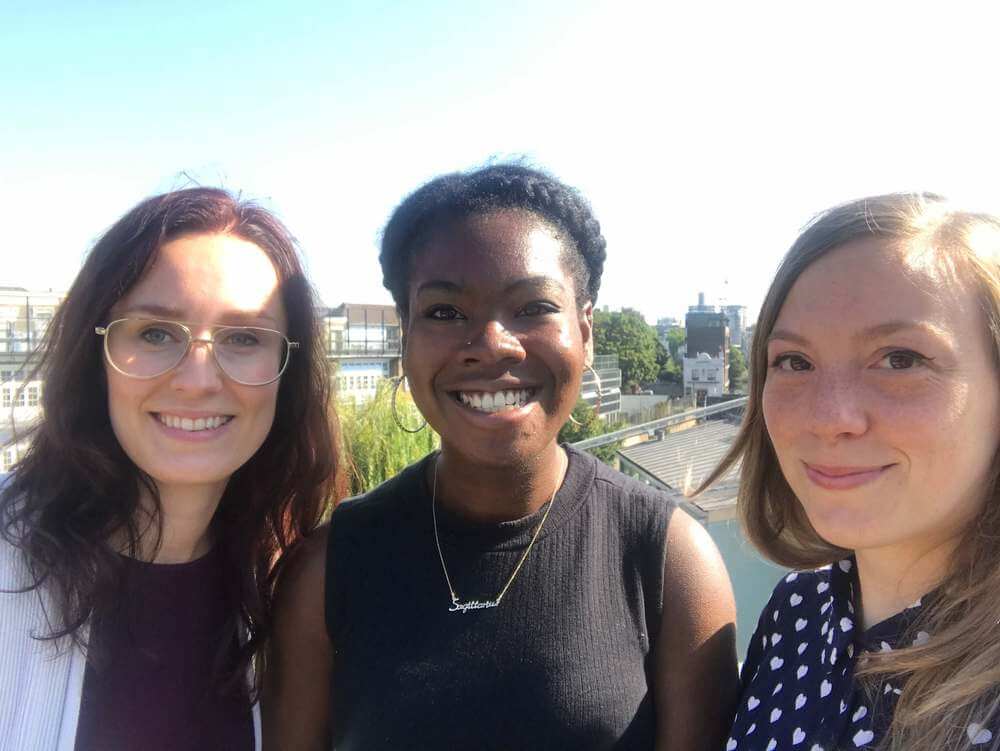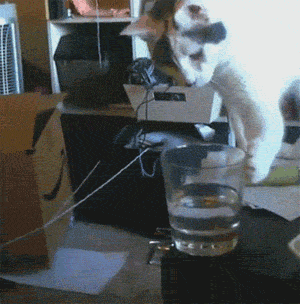Don Norman, The Design of Everyday ThingsOne of my rules in consulting is simple: never solve the problem I am asked to solve. Invariably the problem I am asked to solve is not the real, fundamental, root problem. It is usually a symptom.
The problem with briefs and how to turn them into exciting projects

You’re a small agency, with a steady stream of briefs coming through the door and a growing reputation. And yet, you can’t help but feel you’re not doing your best work. If only those inspiring briefs, the ones that get you excited about getting back into the office on Monday morning, were filling your inbox in abundance. The truth is, compelling briefs don’t write themselves, and most clients aren’t very good at writing them either.
By the time a brief lands on your desk it has gone through multiple iterations by multiple teams. Each time the brief passed through the hands of disconnected teams more things got added or subtracted until it began to resemble a safe bet — a checklist of requirements, a manifesto of hope for a new world.
This wouldn’t be an issue if we could be assured that the client had a good understanding of their problem. As an agency receiving a brief, your first job is to read between the lines to uncover what exactly is the problem that they’re trying to solve. In most cases the problem is poorly defined. In the worst case it is missing from the document entirely.
The Design Council’s Double Diamond describes the following design process, which is now largely accepted as the model for what is known as Design Thinking:

© Design Council 2014
In all creative processes a number of possible ideas are created (‘divergent thinking’) before refining and narrowing down to the best idea (‘convergent thinking’), and this can be represented by a diamond shape. But the Double Diamond indicates that this happens twice — once to confirm the problem definition and once to create the solution. One of the greatest mistakes is to omit the left-hand diamond and end up solving the wrong problem.
Most clients are not design experts. In their naïvety and willingness to solve their own problems, not only do they skip the first diamond of problem discovery and definition but some go as far as to provide a solution that they want you to execute. As design experts, we know that solutions at such an early stage in any project are nothing more than unvalidated assumptions.
It’s for this reason, that upon receiving a brief, agency founders and designers alike have been known to perform the mental equivalent of a face-palm. But holding your head in your hands doesn’t help either you or your client arrive at a compelling piece of work that is going to deliver real value.
If you want to work on more exciting projects then you’ll need to position your agency as a strategic partner, rather than an executional vendor. The best way to do that is to make a habit of challenging every brief.
How to challenge the brief
To effectively challenge a brief it’s important to establish the right tone with which to respond. Too blunt and you risk offending the client, too polite and you risk not making a strong enough argument. The key to getting the right tone is to know what type of brief you’re dealing with. There are two types of ‘wrong briefs’, naïve briefs and ego-driven briefs.
Naïve briefs are often written by someone who is less senior, lacks experience, or perhaps doesn’t have enough budget or influence. You’ll want to respond to this type of brief in a supportive manner, offering to help steer them on the right course.
Ego-driven briefs often come from someone much more senior who simply believes they are right and already has all the answers. Here, you can be much more matter of fact in order to see that your expert opinion lands effectively.
If you’re not sure which type of brief you’re dealing with then do your research on the person in charge of the project. Their seniority within their organisation and any experience with the technologies they’re proposing should be the biggest giveaways.
Once you’ve established the right tone, it’s important in your response to acknowledge the fact that this person has put a lot of time into writing the brief. And it’s always nice to mention that the reason you’re responding to them is that you truly believe there is an interesting opportunity.
Follow-up these encouraging words with your argument. Be straightforward about where you think there are problems with the brief and support your opinions with evidence. To avoid the client losing face you can soften the blow with phrases like “We see this all the time…” and “Don’t worry, we understand why you think this approach will work but…” Once you’ve crafted your message, hit send and wait for the response.
The best result you can hope for is that they accept their shortcomings and hire you on the spot. What’s more likely though, is that you’ll be given permission to respond to the brief in a different way. This is a great position to be in. You’ll have established that they’re open to your way of working and your pitch is now free to go outside the confines of the brief.
Whilst you many believe that by challenging the brief you’re now able to bask in the glory that your pitch will be smarter that the rest, the reality is that you’re now the more risky option to go with.
This is good thing. You didn’t want to work with clients who will play it safe anyway. If they go with you, you’ll know they’re up for the ride. If they don’t, then you dodged the lacklustre burden of building out their feature list.
You’re welcome. 😘
Continue reading
Why Software Developers Need Creativity
Five examples of ways I've been creative as a software development recently


